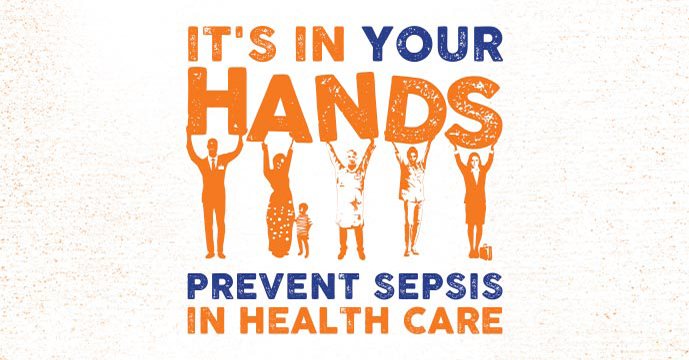Worldwide, sepsis strikes between 27 and 30 million people every year, killing 7 to 9 million of them. To put that into perspective, somebody dies from sepsis every 3.5 seconds! As if this mortality rate wasn't high enough already, many survivors suffer from the consequences for the rest of their lives, for example from the loss of limbs, poor memory and concentration, or post-traumatic stress disorder (PTSD).
And while these numbers are staggering and instantly show why sepsis is often called a "global silent killer", they fail to paint the full picture. Behind every sepsis death is a story. Behind every sepsis death is a mother, a father, a sibling, a friend, or another loved one - a community impacted by sepsis. The same is true for the survivors of sepsis - and no story is alike.
Today, we are incredibly excited to launch our new feature 'Sepsis Stories' - giving survivors of sepsis and those bereaved by sepsis a voice; platform to share their story. We will publish a new story every four to six weeks and share it as a news item, like this one. Additionally, all stories are collected in a central location (see the new menu item at the top) and you can quickly and easily share the link www.world-sepsis-day.org/stories with your friends and loved ones. If you want to share your story, please get in touch.





![Apply Now for the Erin’s Campaign for Kids Nursing Awards [Deadline June 15th]](https://images.squarespace-cdn.com/content/v1/597f001fb3db2bde61e79d4a/1526050374498-YHFLTYHBOSY65BSF4NWS/FB+ECK+Award+-+1+-+International+Pediatric+Nurse-min.jpg)








